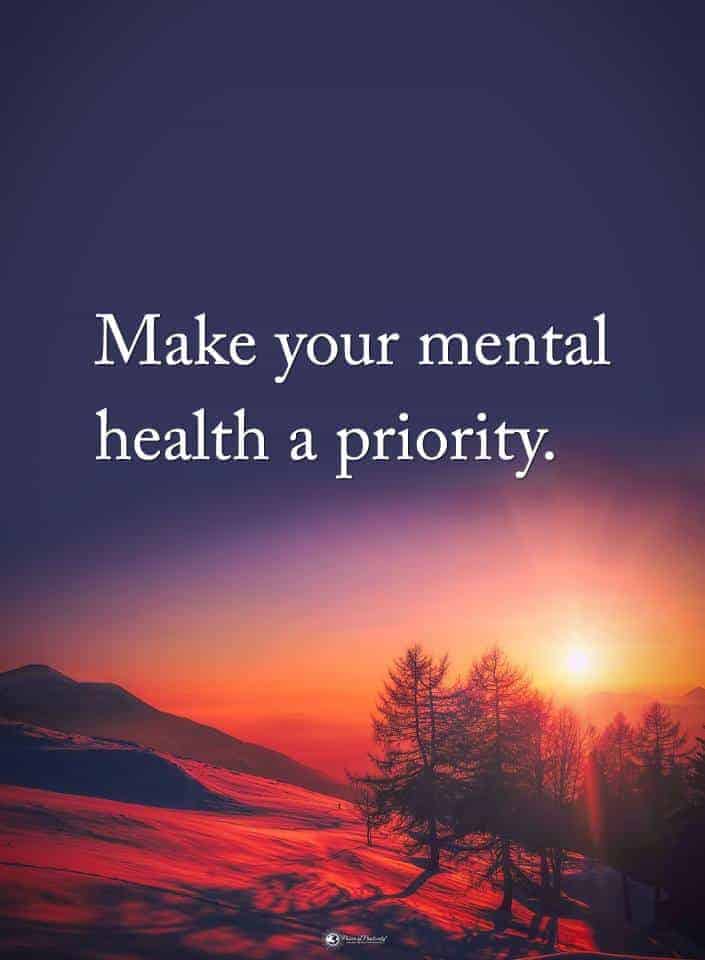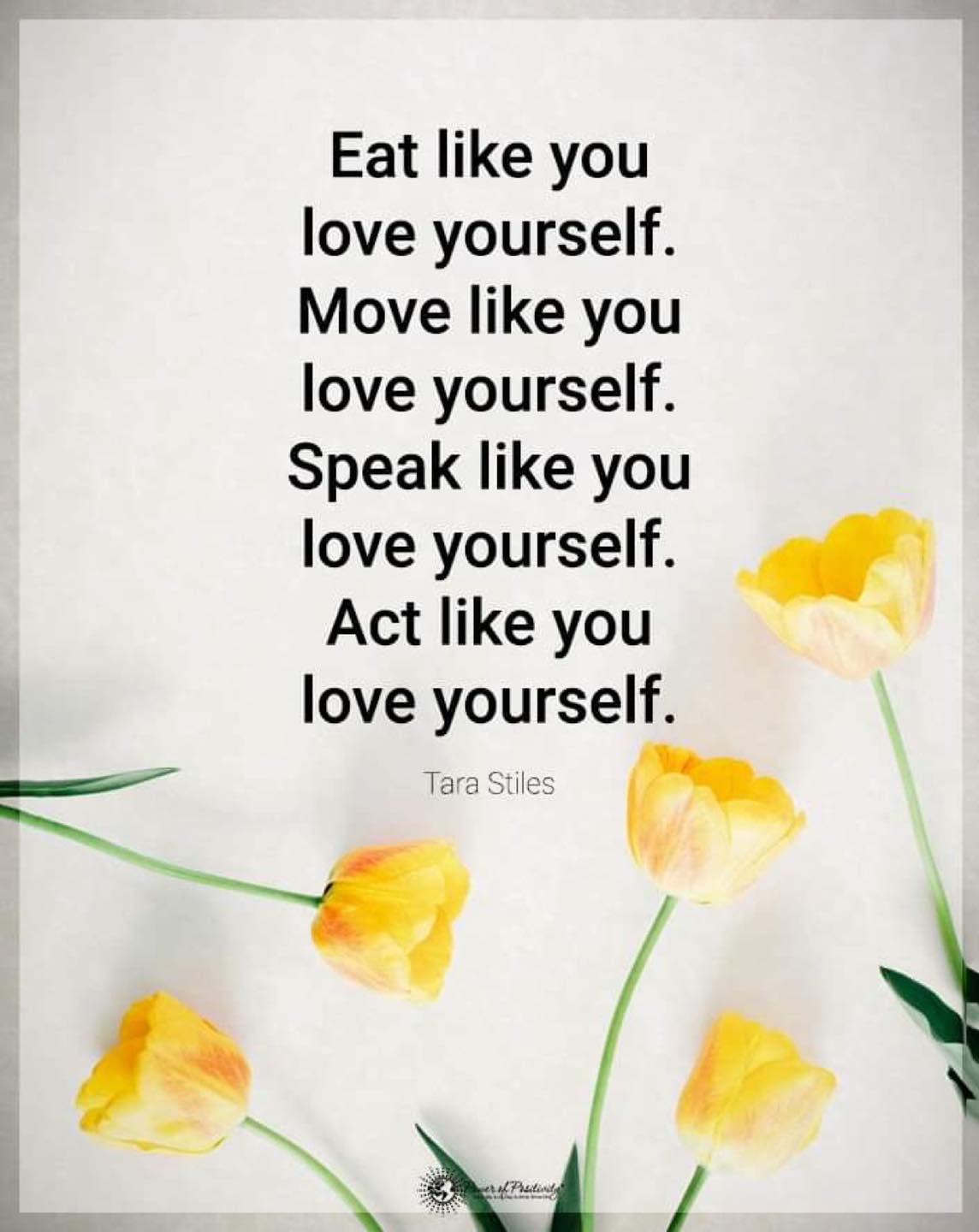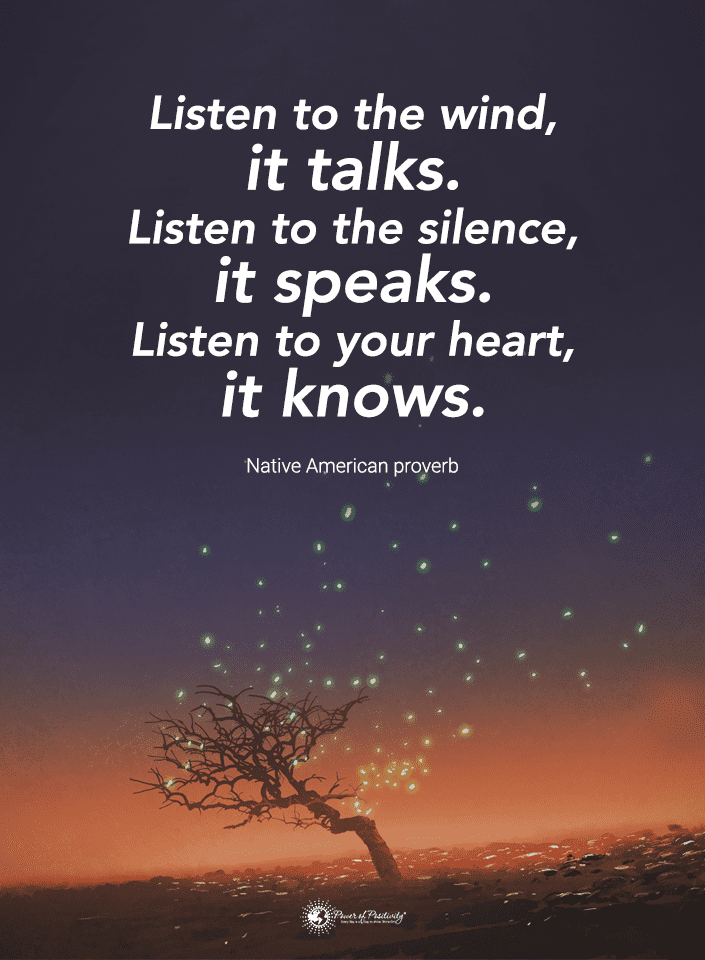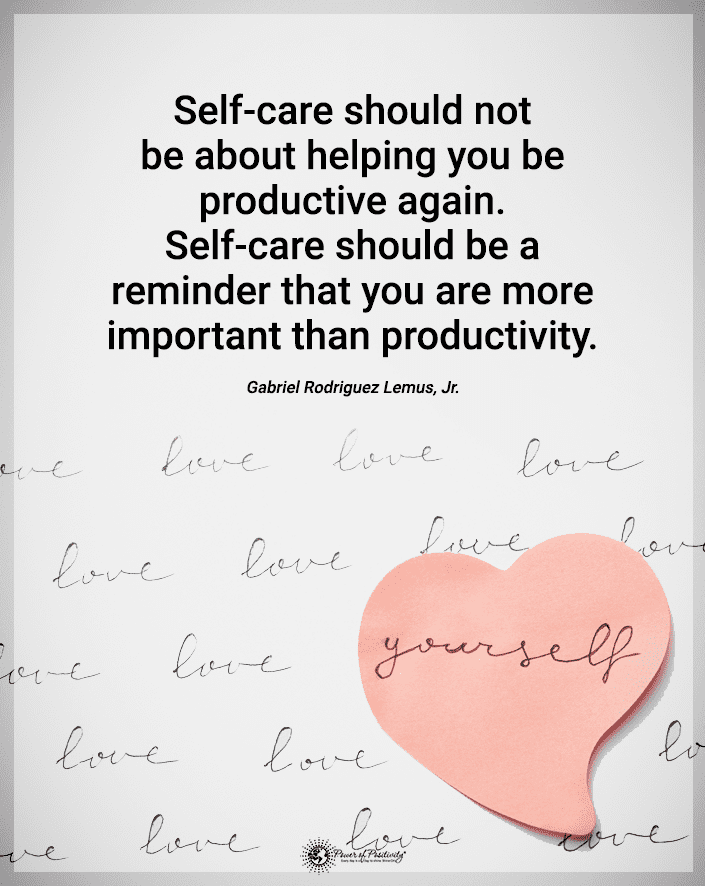Here’s what most people don’t know about borderline personality disorder.
Borderline Personality Disorder (BPD) is a complex mental health condition characterized by emotional instability, self-image disturbances, and intense relationship difficulties. While BPD often manifests through overt symptoms, a lesser-known subtype, Quiet BPD, presents unique challenges in diagnosis and recognition.
In this article, we take a look into the world of Quiet BPD, shedding light on its elusive nature and highlighting the twenty signs that should never be ignored. By familiarizing ourselves with these subtle indications, we can empower ourselves to identify Quiet BPD early on. Thus, we can support individuals struggling with this often misunderstood subtype.
1. Intense Fear of Abandonment
Borderline Personality Disorder encompasses various presentations, including Quiet BPD. These individuals experience an intense fear of abandonment. This fear of rejection and the heightened abandonment sensitivity that individuals with Quiet BPD often face diminishes their sense of self. By exploring the intricate dynamics of abandonment sensitivity and its effects on emotional attachment, we understand the unique challenges people with this subtype face.

2. Emotional Instability and Quiet BPD
Individuals with Quiet Borderline Personality Disorder commonly exhibit emotional instability, characterized by pronounced mood swings, emotional volatility, and reactive emotions. But unlike the more overt manifestations of BPD, this subtype often internalizes their emotions. Thus, it’s more challenging to identify their struggles.
However, their emotional world remains tumultuous. As a result, they may have sudden shifts in mood that can be unpredictable and intense. Emotional volatility is a defining feature, causing their emotional state to fluctuate rapidly, often triggered by perceived rejection or abandonment.
These reactive emotions can lead to impulsive behaviors or self-destructive tendencies. So understanding and acknowledging the emotional instability experienced by individuals with Quiet BPD is crucial for providing them with the support and validation they need to navigate their emotions more effectively.
3. Chronic Feelings of Emptiness
Individuals with Quiet Borderline Personality Disorder often experience chronic feelings of emptiness, characterized by an emotional void, inner emptiness, and existential despair. This profound sense of emptiness pervades their daily lives. As a result, they have a relentless search for validation and meaning. Understanding their struggles with an emotional void and existential despair is crucial for providing support and helping them address their inner emptiness in healthier ways.
4. Difficulty Establishing a Sense of Self
Establishing a stable sense of self is a significant challenge for individuals with Quiet BPD. They grapple with identity disturbance, a lack of self-identity, and shifting self-perception. This struggle to establish a consistent and authentic sense of self affects their well-being. Recognizing their challenges with self-identity is vital for offering support and promoting self-discovery, assisting them in cultivating a more stable and genuine sense of self.
5. Self-Destructive Behaviors
Self-destructive behaviors, such as self-harm, impulsive, and reckless behavior, are common among individuals with Quiet BPD. These behaviors serve as coping mechanisms for regulating overwhelming emotions. Recognizing their tendencies towards self-destructive behaviors is crucial for early intervention and guiding them toward healthier coping strategies that promote emotional well-being and safety.
6. Chronic Feelings of Guilt and Shame
Chronic feelings of guilt and shame are deeply ingrained in individuals with Quiet BPD. They experience excessive guilt, shame proneness, and persistent self-blame. These negative emotions contribute to a distorted self-image and relentless self-criticism. Understanding their struggles with guilt and shame is essential for providing compassion and support, fostering self-acceptance, and assisting them in developing a healthier self-perception.
7. Intense and Unstable Relationships
Relationship difficulties are characteristic of individuals with Quiet BPD, often marked by frequent conflicts and a pattern of idealization and devaluation. Difficulties in maintaining stable connections can cause emotional distress for both parties involved. Recognizing their relationship challenges is crucial for providing support and assisting them in cultivating more stable and fulfilling connections.
8. Impaired Emotional Regulation
Individuals with Quiet BPD often struggle with impaired emotional regulation, resulting in difficulty managing emotions, emotional dysregulation, and high emotional intensity. Their emotions can quickly become overwhelming, leading to impulsive reactions and heightened sensitivity. Understanding their challenges with emotional regulation is vital for developing effective coping mechanisms, promoting emotional stability, and supporting their overall well-being.
9. Fear of Rejection Leading to Social Withdrawal
The fear of rejection drives individuals with Quiet BPD to engage in social withdrawal. It may also lead to avoidant behavior as a protective mechanism. They may isolate themselves socially and withdraw from relationships to prevent potential rejection and emotional pain. Recognizing their fear of rejection and understanding their need for social withdrawal is crucial for creating a supportive environment that encourages healthy social connections and respects their boundaries.
10. Perfectionism and Fear of Failure
Perfectionism and fear of failure are common traits among individuals with Quiet BPD, often resulting in unrealistic expectations, perfectionistic tendencies, and intense self-criticism. These traits contribute to their distress and hinder personal growth. Recognizing their struggles with perfectionism and fear of failure is vital for fostering self-compassion, promoting realistic goals, and nurturing a healthier self-image.

11. Hypersensitivity to Criticism
Individuals with Quiet Borderline Personality Disorder often experience hypersensitivity to criticism, exhibiting rejection sensitivity, defensiveness, and overreaction to criticism. Perceived criticism or disapproval can trigger intense reactions and a defensive response. Understanding their heightened sensitivity to criticism is crucial for fostering healthier communication and providing support that validates their emotions and helps them manage their reactions more effectively.
12. Impaired Sense of Identity
An impaired sense of identity is commonly observed in individuals with Quiet BPD, characterized by shifting self-image, unstable self-concept, and identity confusion. They struggle with a lack of self-identity and experience difficulty establishing a stable and cohesive sense of self. Recognizing their challenges with self-identity is vital for offering support and assisting them in navigating the complexities of their shifting self-perception and identity confusion.
13. Suicidal Thoughts and Behaviors
Suicidal thoughts and behaviors are a major concern in individuals with Quiet BPD. They often experience suicidal ideation and self-harm urges and are at an increased risk of suicide. Addressing and assessing the risk of suicide is essential to provide appropriate help and support. Recognizing the seriousness of suicidal thoughts and behaviors in individuals with Quiet BPD is crucial for intervention and ensuring they receive mental health care.
14. Chronic Feelings of Loneliness
Individuals with Quiet BPD commonly experience chronic, persistent emotional isolation and social disconnection. Despite longing for connection, they often struggle to form and maintain meaningful relationships, leading to a profound sense of loneliness.
This chronic loneliness takes a toll on their overall well-being and mental health. It can contribute to feelings of emptiness, sadness, and despair, exacerbating the other symptoms associated with Quiet BPD. The absence of meaningful connections and social support networks intensifies their emotional struggles.
It creates a vicious cycle of isolation and distress. Understanding their experiences of chronic loneliness is essential for providing support and helping them build healthier social connections to alleviate their emotional isolation.
15. All-or-Nothing Thinking
All-or-nothing thinking is prevalent in individuals with Quiet BPD, characterized by dichotomous thinking, an all-or-nothing mindset, and splitting. They tend to perceive situations or people as good or bad, lacking a middle ground.
This extreme thinking pattern can significantly affect their emotional well-being and relationships. Additionally, it may lead to intense fluctuations in their perceptions of themselves and others and contribute to unstable relationships.
For example, they may idolize someone as perfect and then quickly devalue them as entirely flawed. Recognizing their tendency towards extreme thinking is crucial for promoting more balanced perspectives and fostering healthier interpretations of themselves and others.
16. Intense Self-Criticism
Intense self-criticism is a common struggle for individuals with Quiet BPD, characterized by negative self-talk, self-judgment, and self-esteem issues. They persistently self-critically, often berating themselves for perceived flaws or mistakes. So, recognizing their intense self-criticism is essential for fostering self-compassion and helping them develop a healthier self-image and improved self-esteem.
17. Disassociation and Depersonalization
Individuals with Quiet BPD often experience dissociation and depersonalization, characterized by detachment and feelings of unreality. They may also experience occasional out-of-body experiences. These experiences can be distressing and may serve as a coping mechanism to escape emotional pain. Understanding their dissociative experiences is vital for supporting and encouraging healthier coping strategies. It may also help them manage their emotions effectively.
18. Chronic Anxiety and Depression
Chronic anxiety and depression commonly co-occur in individuals with Quiet BPD. Thus, it leads to ongoing emotional distress and mental health struggles. Addressing chronic anxiety and depression is crucial for comprehensive treatment and support. Recognizing their chronic anxiety and depression helps provide appropriate interventions. They also improve their overall well-being and quality of life.
19. Difficulty Expressing and Communicating Emotions
Individuals with Quiet BPD often face challenges expressing and communicating their emotions, exhibiting alexithymia, emotional suppression, and difficulty verbalizing feelings. As a result, they struggle to identify and articulate their emotions effectively. Understanding their emotional expression and communication difficulties is essential for fostering a safe and supportive environment. Encouraging them to explore and express their emotions healthily is also helpful.
20. Reluctance to Admit a Problem or Seek Professional Help and Support
Individuals with Quiet BPD may resist admitting their struggles and seek professional help and support. Therefore, overcoming this reluctance is vital for their well-being. Encouraging them to engage in therapy, explore treatment options, and build a strong support network can provide the necessary assistance and guidance for effective management and recovery.

Final Thoughts on Identifying Quiet BPD
Indeed, identifying Quiet Borderline Personality Disorder (BPD) requires recognizing the twenty signs that should never be ignored.
Early identification and support are vital for individuals with Quiet BPD. That’s because these interventions allow timely intervention and treatment. Thus, readers must educate themselves and seek professional help. We must also cultivate empathy and understanding toward individuals with Quiet BPD. Individuals with Quiet BPD can lead fulfilling and meaningful lives with proper support and treatment. We can create a supportive environment that fosters their well-being and growth by providing understanding and compassion.


















